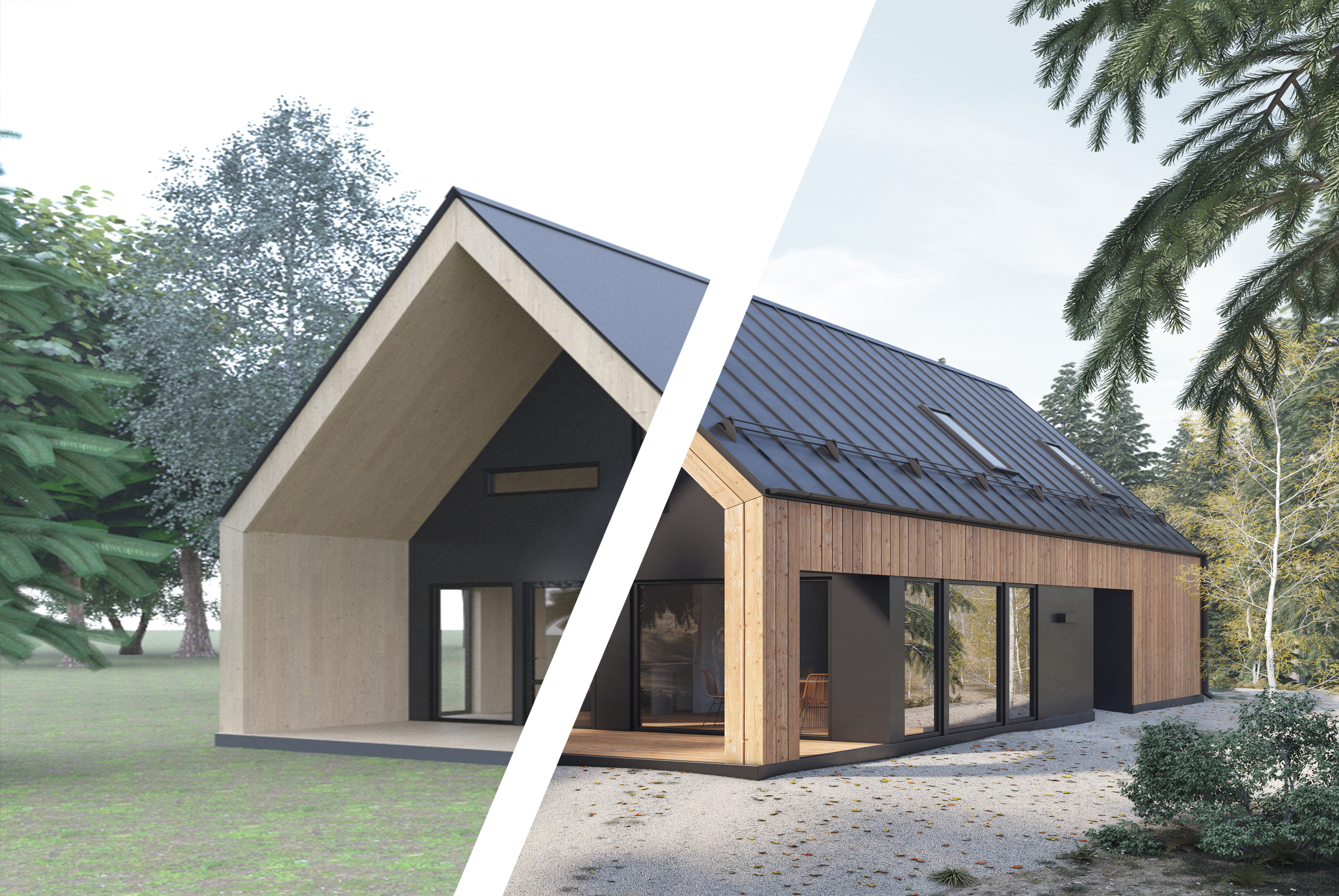
Generative Gestaltung: Wie KI das architektonische Design verändert
-
Date:
-
Author:admin
Einführung in die Generative Gestaltung
Generative Gestaltung ist ein innovativer Ansatz im architektonischen Design, der Künstliche Intelligenz (KI) zur Erstellung architektonischer Lösungen nutzt. Im Gegensatz zu traditionellen Methoden, bei denen ein Architekt jedes Element manuell entwirft, ermöglicht die Generative Gestaltung der KI, basierend auf vordefinierten Parametern und Einschränkungen, mehrere Optionen zu generieren. Dies beschleunigt den Designprozess und erhöht dessen Effizienz.
Wie Generative Gestaltung funktioniert
Festlegung von Parametern und Einschränkungen
Architekten geben die Projektparameter in das System ein, wie Abmessungen, Materialien, Budget, klimatische Bedingungen und andere Anforderungen. Diese Parameter können strukturelle Lasten, Energieeffizienz und funktionale Anforderungen umfassen. Das System nutzt diese Daten, um zahlreiche mögliche Designoptionen zu erstellen.
Generierung von Optionen
KI verwendet Algorithmen zur generativen Gestaltung, um verschiedene Designoptionen zu erstellen. Diese Optionen können mehrere Kombinationen von Formen, strukturellen Lösungen und Materialien umfassen, die den festgelegten Parametern entsprechen. Architekten können dann die am besten geeignete Option für die Weiterentwicklung auswählen.
Analyse und Optimierung
Das System analysiert die vorgeschlagenen Optionen hinsichtlich Effizienz, Nachhaltigkeit und anderer Kriterien. Basierend auf dieser Analyse wählt die KI die optimalsten Lösungen aus, die dann verfeinert und an die spezifischen Projektanforderungen angepasst werden können. Dies gewährleistet das beste Ergebnis bei minimalem Ressourceneinsatz.
Vorteile der Generativen Gestaltung in der Architektur
Erhöhte Kreativität und Innovation
Die Generative Gestaltung ermöglicht es Architekten, unkonventionelle und innovative Formen und Strukturen zu erforschen, die manuell schwer zu erstellen sind. Dies fördert die Entwicklung einzigartiger und origineller architektonischer Lösungen und eröffnet neue Wege für Kreativität.
Kosten- und Ressourcenoptimierung
KI hilft, die Nutzung von Materialien und Ressourcen zu optimieren, was die Baukosten erheblich reduziert und den ökologischen Fußabdruck des Projekts minimiert. Dies ermöglicht die Schaffung nachhaltigerer und wirtschaftlich rentabler Projekte.
Geschwindigkeit und Effizienz
Die Generative Gestaltung verkürzt die Zeit, die für die Entwicklung und Analyse verschiedener Designoptionen erforderlich ist. Dadurch können Architekten schnell optimale Lösungen finden und das Projekt an sich ändernde Anforderungen anpassen, was besonders in dynamischen Bauprozessen wichtig ist.
Verbesserte Nachhaltigkeit und Funktionalität
KI kann komplexe Faktoren wie Lasten, Wärmeaustausch, Beleuchtung und andere Aspekte berücksichtigen und so nachhaltigere und funktionalere architektonische Lösungen schaffen. Dies gewährleistet eine höhere Qualität und Langlebigkeit der Gebäude.
Erfolgreiche Beispiele für Generative Gestaltung
Autodesk Generative Design Bürogebäude Projekt
Autodesk nutzte die Generative Gestaltung, um ein Bürogebäude mit einer einzigartigen architektonischen Form und effizientem Materialeinsatz zu erstellen. Dieses Projekt zeigt, wie KI traditionelle architektonische Designansätze transformieren kann, indem sie innovativere und nachhaltigere Lösungen schafft.
Virtuelle Wettbewerbe und Projekte
Viele architektonische Wettbewerbe und Projekte nutzen die Generative Gestaltung, um innovative Lösungen zu finden. Beispiele dafür sind kommerzielle und öffentliche Gebäude, die die Fähigkeiten der KI zur Schaffung einzigartiger Formen und Strukturen demonstrieren. Dies unterstreicht das Potenzial der Generativen Gestaltung in modernen architektonischen Praktiken.
Werkzeuge und Software für Generative Gestaltung
Autodesk Fusion 360
Fusion 360 bietet leistungsstarke Werkzeuge für die Generative Gestaltung, mit denen Architekten und Ingenieure Projekte basierend auf vordefinierten Parametern erstellen und optimieren können. Diese Software wird häufig zur Entwicklung komplexer und innovativer architektonischer Lösungen verwendet.
Rhino + Grasshopper
Rhino in Kombination mit dem Grasshopper-Plugin bietet leistungsstarke Funktionen für Generative Gestaltung und prozedurales Modellieren, die die Erstellung komplexer Formen und Strukturen ermöglichen. Diese Werkzeuge sind besonders nützlich für die Entwicklung einzigartiger und innovativer architektonischer Projekte.
Spacemaker KI
Spacemaker nutzt KI zur Optimierung räumlicher Lösungen, analysiert und schlägt die besten Designoptionen für verschiedene Gebäudetypen und Standorte vor. Diese Software hilft Architekten, optimale Lösungen für komplexe räumliche Herausforderungen zu finden.
Die Zukunft der Generativen Gestaltung in der Architektur
Die Generative Gestaltung hat bereits erhebliche Auswirkungen auf das architektonische Design, aber dies ist erst der Anfang. Zukünftige Fortschritte in der KI-Technologie werden zu noch innovativeren und effizienteren Designmethoden führen. Die Integration der Generativen Gestaltung mit anderen Spitzentechnologien wie Virtual und Augmented Reality verspricht noch mehr Möglichkeiten zur Schaffung einzigartiger architektonischer Lösungen.
Fazit
Die Generative Gestaltung stellt ein revolutionäres Konzept im architektonischen Design dar, das es ermöglicht, mit KI optimale, nachhaltige und innovative Lösungen zu schaffen. Diese Technologie eröffnet Architekten und Designern neue Horizonte und bietet neue Möglichkeiten zur Umsetzung kreativer Ideen und zur Optimierung der Designprozesse.
